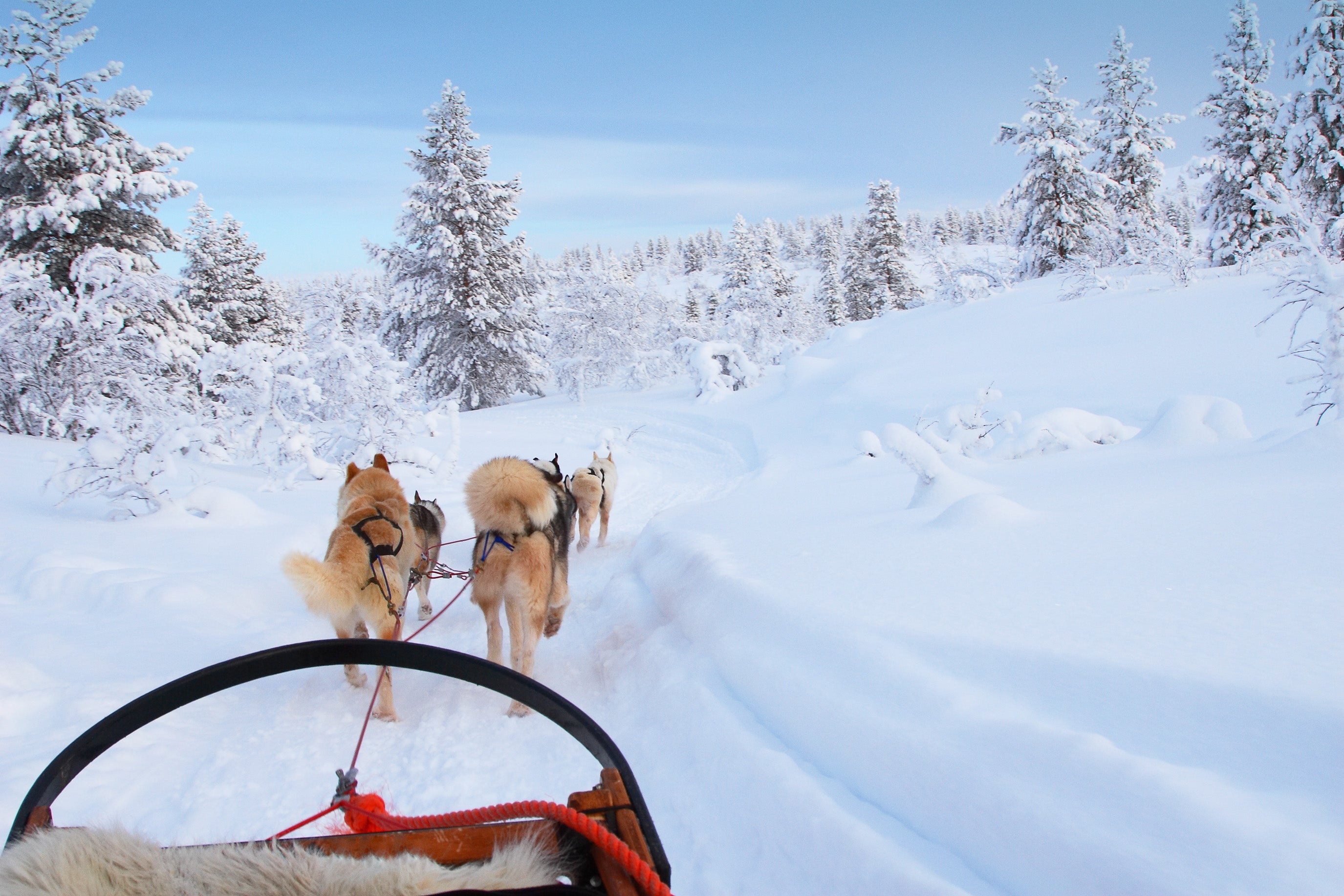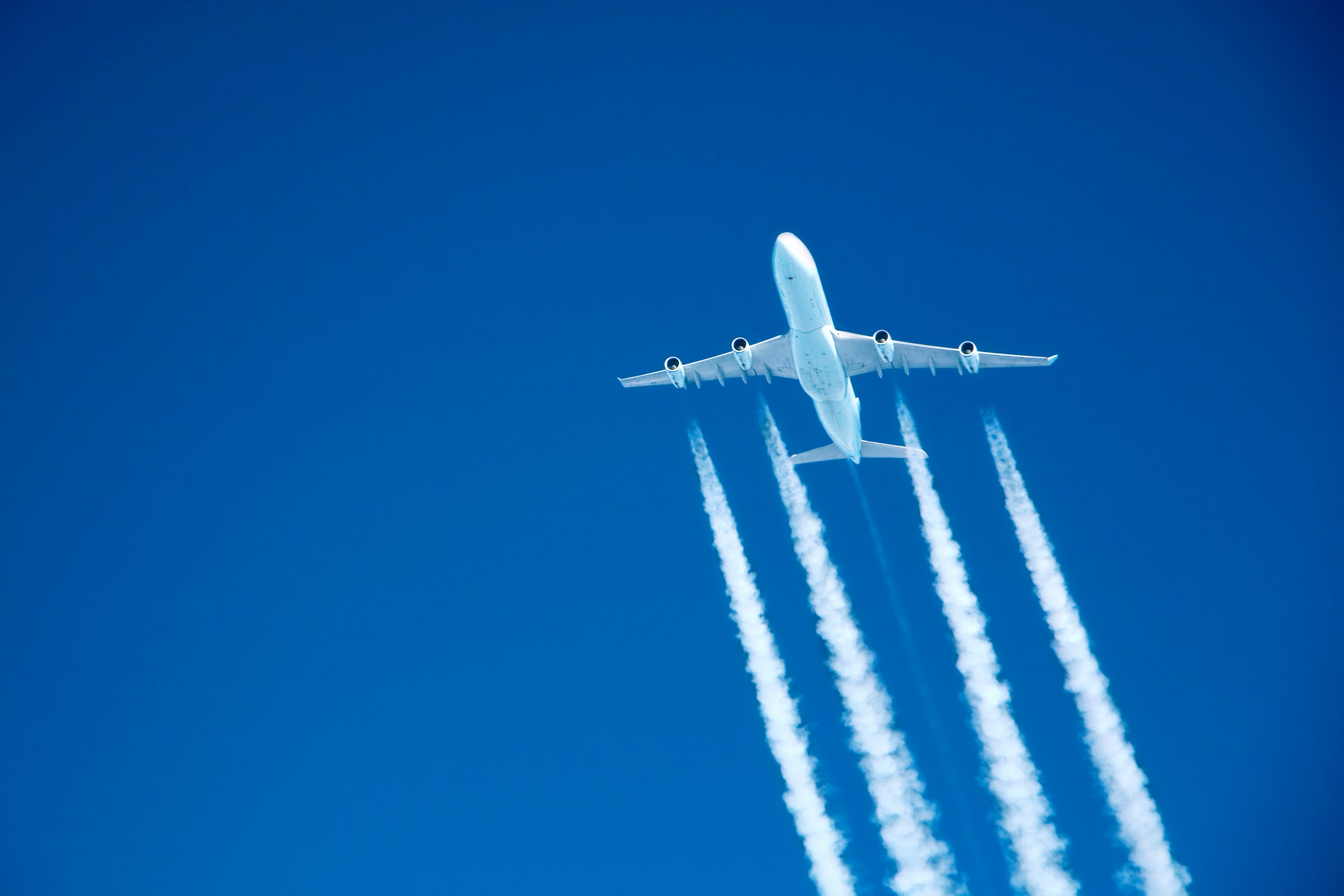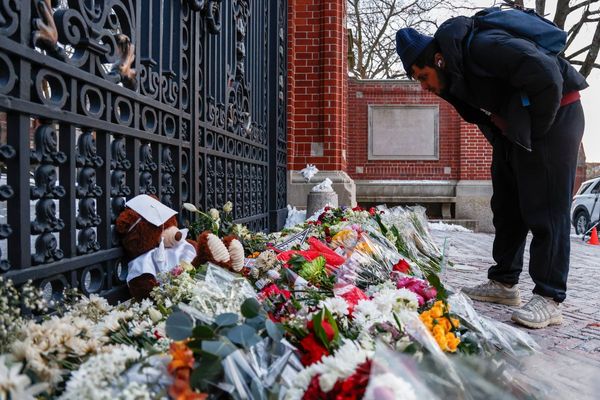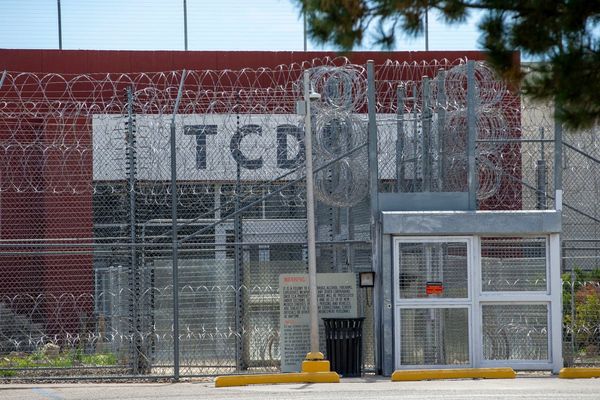
Reading the words “extreme day trip” conjures, for me, the vision of an adrenaline-fuelled excursion somewhere in the UK. You know: skydiving in St Andrew’s, say, or bungee-jumping in Bangor; coasteering in Cornwall or paragliding in the Peak District.
It turns out I’m woefully behind the times. The term refers to the latest heinous holiday concept – one that I’m convinced may be the single worst trend to ever grace the world of travel. The idea is simple, albeit horrifying: travellers fly to a destination, tick off a jam-packed list of activities, and fly back again, all within the space of a day.
It has gained traction on social media, where, for example, the hashtag #extremedaytrip has clocked up thousands of posts on TikTok. A Facebook group called Extreme Day Trips, meanwhile, has attracted more than 327,000 members ready to swap experiences for just how far a person can reasonably fling themselves in a 24-hour period. And then there’s extremedaytrips.com, a site where community members share their one-day itineraries from the UK, including timings, tips, tricks and prices. Now, the practice has officially gone from fringe to mainstream: tour operator Tui has launched an extreme day trip to Lapland for its winter 2026 programme, departing from 11 UK airports.
Read more: Tui launch ‘Search for Santa’ day trip to Lapland amid climate concerns
The “Search for Santa” itinerary is, for want of a better word, ambitious. Holidaymakers will be served a full English breakfast during the 3h 30m (approx) flight before arriving in Kittila, Finland, around midday. They’ll grab snowsuits and boots, head to an “ice village” to see the ice hotel and ice bar, hop on a sleigh ride pulled by reindeer, switch to a husky-led sled ride, go for a trip on a snowmobile, meet a Lapland local who’ll impart stories and legends about the area, engage in some arts and crafts, take a journey through snowy woodland to meet Santa and his elves, and warm up with a hot juice by the campfire before returning to the airport. Oh, and on the plane home, they’ll be served Christmas dinner.

I’m exhausted just writing it, let alone doing it; God knows when you’re supposed to fit in going to the toilet. It’s like they took all the elements that make up a brilliant, bucket-list adventure and condensed them down and down until what’s left is the vacation equivalent of an undiluted Ribena. It is too strong, too intense – and no, it does not taste good. As an adult, the prospect is headache-inducingly overstimulating. The very notion of subjecting a child to all that in under 12 hours makes me want to lie in a darkened room.
Yes, each activity sounds fun in and of itself. But it won’t be when suffocatingly stacked atop the others, like too many sardines squished into a single tin.
In fact, I’ll ’fess up: I’ve even been on an “extreme day trip” myself, many years ago, whizzing to Qatar and back in under 24 hours for work. Please believe me when I say it was one of the least pleasurable travel experiences of my life thus far.
Read more: Why we ditched the Canaries for a more sustainable trip to Paris
And then there is, evidently, the climate factor in all this. We know by now that flying is far from green – taking just one long-haul flight accounts for more carbon emissions than individuals in many countries will be responsible for in an entire year. In 2023, aviation accounted for 2.5 per cent of global energy-related CO2 emissions, and the sector is only set to grow: the number of annual flights in Europe is expected to increase by 52 per cent in the next 25 years. Efforts to de-carbonise flights, meanwhile, are moving at a glacial pace – though perhaps that’s a poor analogy, given the rapid speed at which glaciers are now melting due to global warming – with little sign of improvement. In fact, planemakers Boeing and Airbus both recently suspended the development of next generation, low emissions airliners – a fact that has further called the promise of “net zero aviation”, already exceedingly sketchy, into question.

I stopped flying at the tail-end of 2019 due to the climate crisis. While I don’t expect everyone to follow suit, and nor can I swear I’ll never get on a plane again, my research and experience over the past five years has taught me one key principle: if you are going to catch a flight, make it count. Taking fewer trips and staying for longer is the sustainable name of the game if we’re considering people and planet when arranging our travel plans.
Travel with intention, take your time, explore more, spend more – you’ll have a better experience personally, and your holiday will be of far greater net benefit to the destination you’re visiting. Extreme day trips are the very antithesis of this: in and out, with few of your tourist pounds making it into the hands of locals. Meanwhile, that return flight to Swedish Lapland will have dumped 822kg of CO2 into the atmosphere, according to Atmosfair’s carbon calculator – the equivalent of 205 round-trips from London to Paris via the Eurostar.
Look, I know we’re time-poor – but having a rich experience doesn’t come from trying to cram a week’s worth of holiday into a single day. It means slowing down enough to appreciate every moment; luxuriating in the sights, sounds and smells; and, yes, leaving enough time in the schedule to occasionally go to the toilet.
Read more: The benefits of wild camping and why everyone should experience it
Air Canada to cancel flights ahead of possible strike
How a trip to rural West Cork helped me reconnect with my teenage daughter
Thousands of travellers to be hit by Portugal airport strikes this weekend
The sleeper train holiday to Cornwall that doesn’t cost the Earth
The benefits of wild camping and why everyone should experience it







